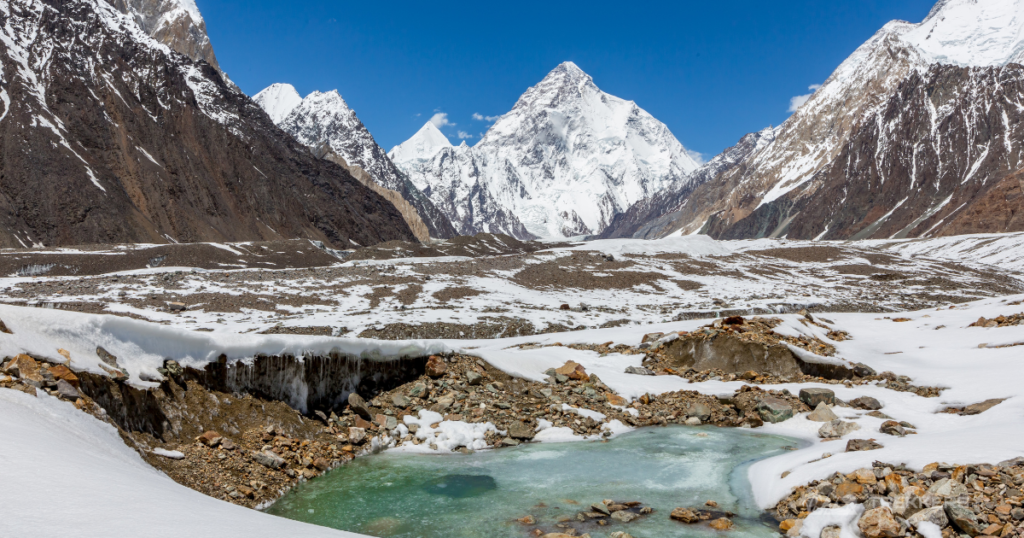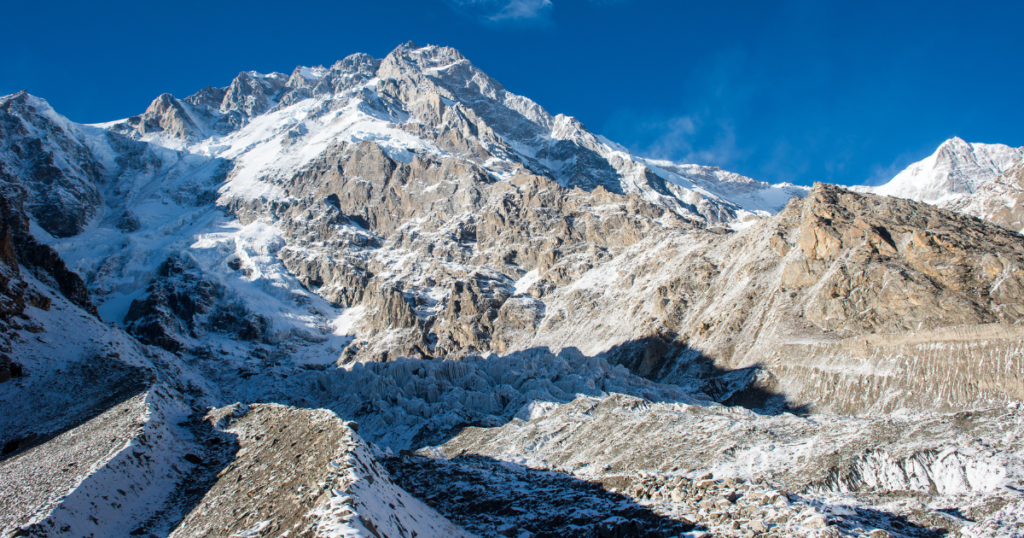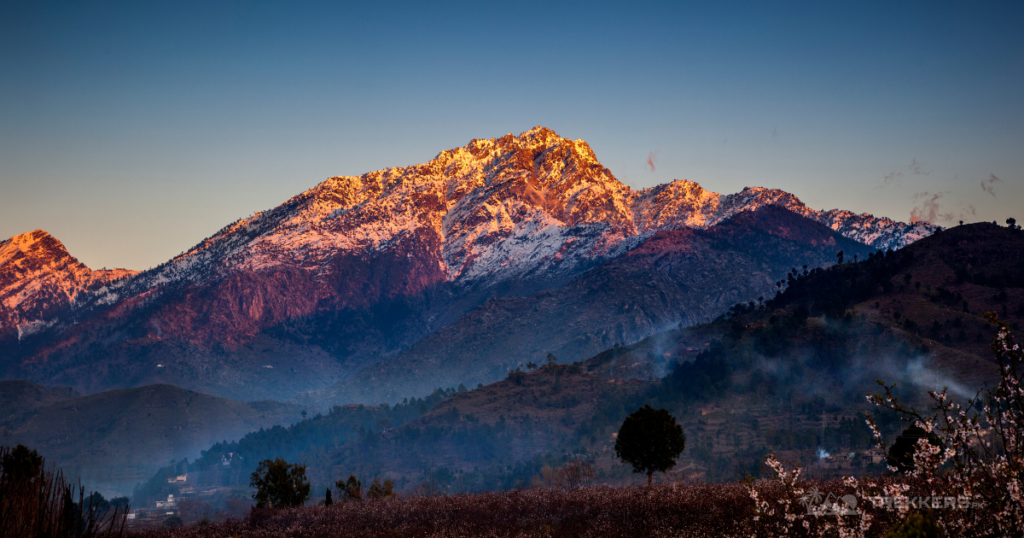Pakistan is a well-known destination for tourists all around the world. People are captivated by its diverse landscapes, fascinating culture, and intricate historical buildings. Other than just the tourism world, Pakistan is prevalent in the mountaineering world, too, as it is home to some of the most significant mountains in the world.
Some of the notable mountains in Pakistan that hold significance in the mountaineering world are K2 (8,611 m), Nanga Parbat (8,126 m), Broad Peak (8,051 m), Gasherbrum I (8,080 m), and Gasherbrum II (8,035 m). Except for Nanga Parbat, all of these Mountains are located in the Karakoram range of Gilgit-Baltistan. While Nanga Parbat nestles near the western end of the Himalayas.
These towering peaks hold a significant place in the mountaineering world for their incredibly beautiful view and unforeseeable challenges. The perilous nature of these ascents has made them much more appealing to people all over the world. Their uniqueness also plays a big role in the significance of the five mountains. Many other majestic peaks, enchanting valleys, and glaciers surround these mountains.
The mountains, situated in the Karakoram and Himalayan ranges, also benefit them. Their unique routes, glaciers, flora and fauna, and distinctive wildlife have brought renown to the ranges. The climate is unpredictable and can go from harsh to extreme. But it doesn’t stop the determined mountaineers from reaching the top of these mountains.

K2 (8,611 m), the second-highest mountain in the world after Mount Everest, is every mountaineer’s dream. It is partially situated in Pakistan and partially in China. K2 is notorious for having the most challenging ascent. It is because of its highly grueling terrain and frigid weather, hence the name Savage Mountain.
The mountain has been a focal point of numerous expeditions, some of which have resulted in tragic losses. Despite all the risk, mountaineers all around the world train to climb the Savage Mountain. Some of the notable attempts include the Italian excursion of 1954 and the first winter ascent of K2 by a Nepali Team in 2021.
Another frequently climbed mountain in Pakistan is the Nanga Parbat, which stands at an elevation of 8,126 meters. Though climbing the Nanga Parbat is not as difficult as climbing K2, it is still one of the trickier mountains to climb. Hence earning the name “Killer Mountain”. Its treacherous terrain and equally treacherous weather make it insanely difficult to climb to the top. However, the various routes to Nanga Parbat helped make the journey much more accessible and maintained the momentum of mountaineering.

It also has three faces: the Rakhiot face, the Rupal face, and the Diamir face. The Rupal face is the most accessible out of all of them. Some known expeditions made to climb Nanga Parbat are the first ascent to Nanga Parbat by the Ali Sadpara Team and the 1953 expedition by an Austrian team led by Hermann Buhl.
Located in the Karakoram range, the Broad Peak is approximately 8,051 meters high, making it the 12th highest mountain in the world. Its Broad summit is the reason behind the mountain’s name. The challenging yet thrill-packed ascent is fascinating to a great deal of climbers. One of the legendary ascents to the Broad Peak is the 1957 Austrian expedition led by Marcus Schmuck and Fritz Wingerstellar. Since then, there have been several expeditions to Broad Peak, some successful, some not.
Staying in the Karakoram Range, the other widely known mountains are Gasherbrum I and Gasherbrum II. These mountains are a part of the Gasherbrum Range. They are known for their incredibly beautiful view of the surrounding mountains and glaciers. Both these mountains, shaped like a pyramid, give them a distinctive and unique appearance compared to other mountains. Some of the successful ascents include the 1958 American expedition led by Nicholas B. Clinch to Gasherbrum I and the 1958 Austrian expedition led by Fritz Moravec.
Other than just being known for their terrific ascent, they are also known because of the rich culture around them. The Balti people revere K2 as a sacred entity. They believe it is home to a local deity and holds a major significance. On the other hand, Nanga Parbat is known for its intriguing folklore and myths. The Baltis firmly believe in supernatural forces and mythical creatures around the eleventh-highest mountain. Broad Peak represents resilience and spirituality. While the two Gasherbrum mountains (I and II) represent the perseverance and need to conserve the culture.

These mountains are not only physical landmarks but also spiritual and cultural symbols for not only the people of Gilgit but also the tourists who visit these places for a short time.
These mountaineering wonders are Pakistan’s pride as they have increased the significance of the country. They stand as symbols of some of the most grueling challenges filled with beautiful landscapes. While their beauty compels people, it is necessary to conserve this beauty and protect the delicate ecosystem so that future generations can marvel at these majestic peaks.